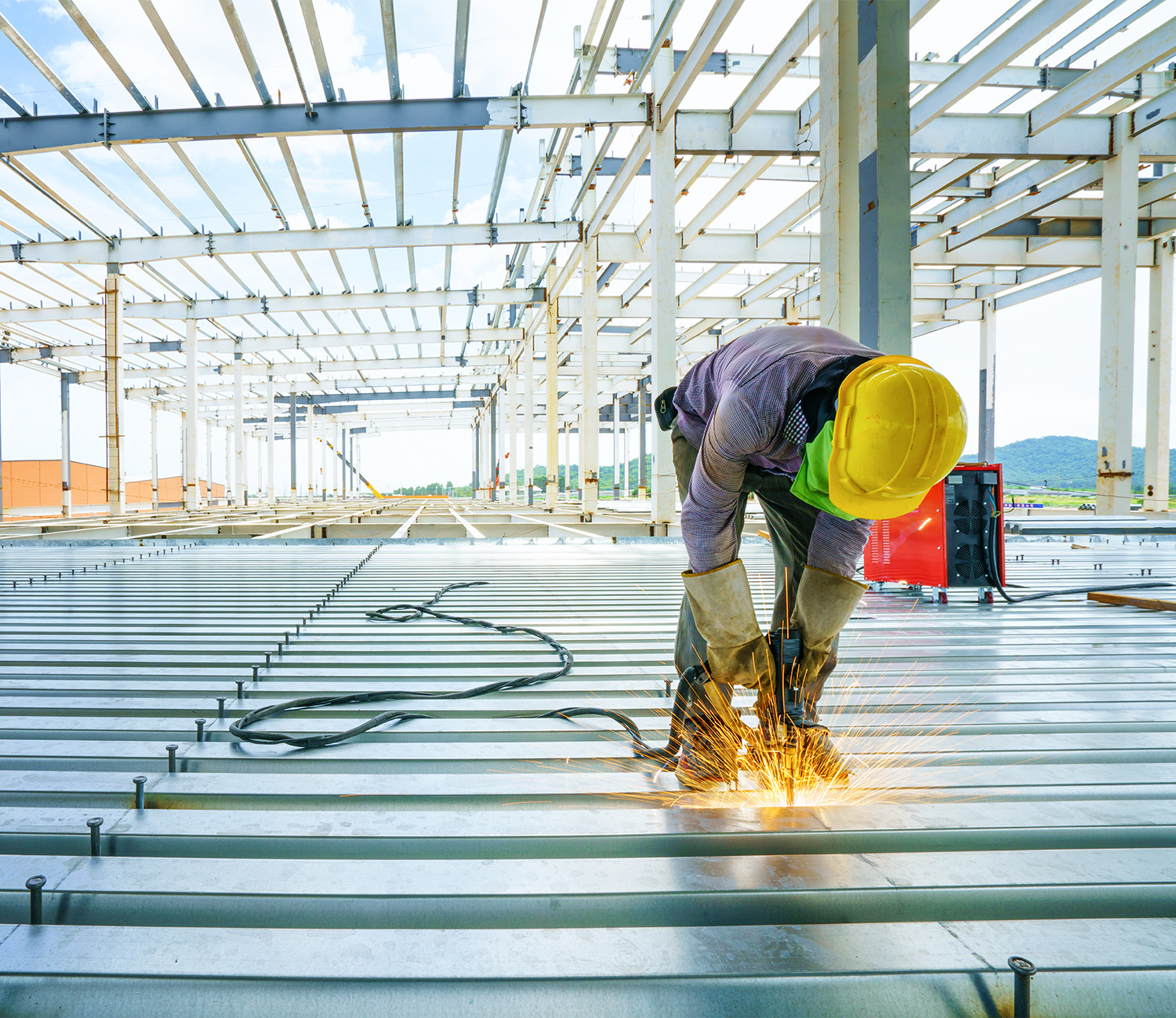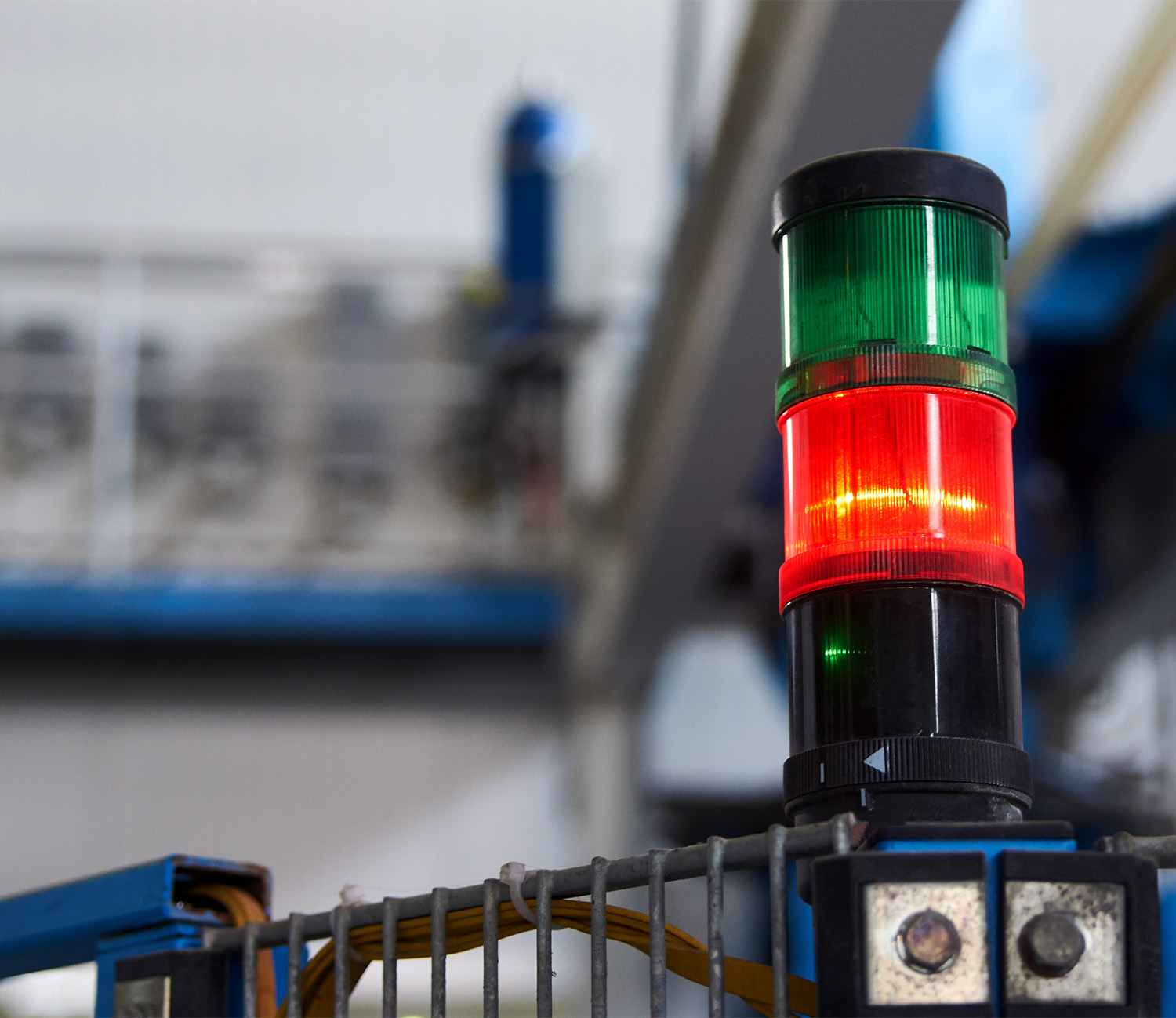Total plant performance
Control asset management costs
Manufacturers can enhance their asset management investment decisions by implementing a systematic and data-driven approach that encompasses several key considerations. Conducting a comprehensive risk assessment is crucial. By evaluating the criticality of each asset to production processes, manufacturers can prioritize investments based on potential impact and consequences of failures. This risk-based approach allows for a more targeted allocation of resources to high-priority assets, ensuring that investment decisions align with overall business objectives and risk mitigation strategies.

Leveraging advanced technologies for condition monitoring and predictive maintenance provides manufacturers with valuable insights into the health and performance of their assets. Implementing sensors, IoT devices, and data analytics allows for real-time monitoring of equipment, enabling the identification of potential issues before they escalate. This proactive approach empowers manufacturers to make timely and informed decisions about maintenance, repairs, and replacements, optimizing asset management investments by reducing downtime and extending the life of critical equipment.
Collaboration with Original Equipment Manufacturers (OEMs) is another key factor in making better asset management investment decisions. OEMs possess specialized knowledge about their equipment, including recommended maintenance practices, upgrade options, and the availability of genuine spare parts. Manufacturers can benefit from this expertise by engaging in partnerships or service agreements with OEMs, ensuring that investment decisions are guided by the most accurate and reliable information.
This collaboration enhances the effectiveness of asset management investments by aligning them with the manufacturer’s specific needs and the OEM’s recommended best practices.
Adopting a life cycle cost analysis perspective is essential for making informed asset management investment decisions. This involves evaluating not only the upfront costs of acquiring and installing assets but also considering ongoing expenses such as maintenance, energy consumption, and potential disposal costs. By understanding the total cost of ownership over the asset’s lifespan, manufacturers can make more informed decisions about when to invest in new technology, when to upgrade existing assets, and when to retire aging equipment. This comprehensive approach ensures that asset management investments are aligned with both short-term financial goals and long-term operational efficiency.
Optimize capital expenditure
A robust asset management strategy is instrumental in helping manufacturers optimize their investment in new capital equipment, ensuring that resources are allocated efficiently and that equipment delivers maximum value throughout its lifecycle.

Effective asset management involves comprehensive planning and assessment. Manufacturers need to evaluate their current asset portfolio, identifying redundancies, gaps, and areas for improvement. This meticulous planning ensures that new capital equipment investments are strategically aligned with the organization’s goals, addressing specific operational needs and contributing to overall efficiency. A clear understanding of existing assets facilitates informed decision-making, preventing unnecessary duplications and promoting a more focused investment strategy.
A strong asset management strategy emphasizes lifecycle management. It involves careful consideration of the entire lifespan of the equipment, from selection to retirement or replacement. By taking a proactive approach to asset lifecycle management, manufacturers can optimize their investment by extending the useful life of equipment, minimizing downtime, and reducing the frequency of replacements. This approach ensures that the capital equipment remains technologically relevant and aligned with industry standards, maximizing the return on investment over the long term.
Preventive maintenance and condition monitoring are critical components of an effective asset management strategy. Regular maintenance based on data-driven insights and monitoring technologies helps identify potential issues before they escalate into costly breakdowns. This proactive maintenance approach minimizes unplanned downtime, enhances equipment reliability, and reduces overall maintenance costs. By investing in preventive measures, manufacturers can optimize the performance of their capital equipment, ensuring that it operates at peak efficiency and delivers consistent value.
A well-executed asset management strategy facilitates risk management. Manufacturers should assess and mitigate potential risks associated with the new capital equipment, such as technological obsolescence, regulatory compliance, or supply chain disruptions. By identifying and addressing these risks, manufacturers can make more informed investment decisions. Additionally, contingency planning within the asset management strategy ensures that the new capital equipment can adapt to unforeseen challenges, maintaining operational resilience and protecting the initial investment.
Reduce critical asset failure
Manufacturers can employ various strategies to both reduce the occurrence of critical asset failures and enhance their ability to recover swiftly when such failures do occur. Implementing a proactive and data-driven preventive maintenance program is essential. By regularly monitoring the health and performance of critical assets through advanced sensors and predictive analytics, manufacturers can identify potential issues before they escalate into failures. Scheduled maintenance tasks, based on the insights gained from condition monitoring, help address vulnerabilities, extend asset lifespans, and significantly reduce the likelihood of unexpected breakdowns.

Redundancy and contingency planning are crucial strategies to minimize the impact of critical asset failures. By incorporating backup systems or redundant components, manufacturers can ensure that essential operations continue even if a primary asset experiences a failure. This redundancy not only reduces the immediate risk of production disruptions but also provides a buffer for rapid recovery. Coupled with robust contingency plans that outline clear procedures for addressing failures, manufacturers can swiftly activate alternative processes or backup systems to maintain operational continuity.
Moreover, investing in advanced technologies such as the Industrial Internet of Things (IIoT) and machine learning can significantly enhance the ability to predict, prevent, and recover from critical asset failures. IIoT sensors can continuously monitor asset performance in real-time, providing valuable data for predictive maintenance and early detection of anomalies. Machine learning algorithms can analyze this data to identify patterns and predict potential failure modes, enabling manufacturers to take proactive measures.
Additionally, these technologies facilitate faster recovery by automating fault detection, diagnosis, and, in some cases, corrective actions, minimizing downtime and reducing the reliance on manual intervention.
Establishing a comprehensive asset management strategy that includes a thorough risk assessment and a clear roadmap for recovery is essential. Manufacturers should identify critical assets, assess their vulnerabilities, and prioritize resources based on potential impact. By understanding the risks associated with each asset, manufacturers can develop tailored recovery plans that outline the necessary steps and resources required for a swift response to failures. This strategic approach ensures that recovery efforts are well-organized, minimizing the duration and impact of downtime.
Improve asset performance
Manufacturers can adopt several strategies to enhance the performance and efficiency of automated manufacturing systems and other capital equipment assets.

The implementation of predictive maintenance is crucial. By leveraging advanced sensors and data analytics, manufacturers can monitor the condition of critical components in real-time. This allows for the prediction of potential issues before they result in equipment failures. Proactively addressing maintenance needs based on predictive insights minimizes downtime, extends the lifespan of assets, and optimizes the overall efficiency of automated systems.
Continuous improvement through regular data analysis and process optimization is essential. Manufacturers should actively collect and analyze data generated by automated systems to identify areas for enhancement. This includes refining production processes, optimizing workflows, and fine-tuning control algorithms. Continuous improvement fosters adaptability, allowing manufacturers to respond to changing market demands and technological advancements. It ensures that automated manufacturing systems remain at the forefront of efficiency and effectiveness. Investing in employee training and skill development is a key strategy. Well-trained personnel can operate, maintain, and troubleshoot automated systems more effectively, reducing the risk of errors and improving overall system reliability.
Training programs should cover both the technical aspects of system operation and the utilization of advanced features. A skilled workforce is essential for maximizing the capabilities of automated manufacturing systems and ensuring that the investment in capital equipment is fully optimized.
Embracing smart technologies and Industry 4.0 principles can significantly improve the performance of automated manufacturing systems. Integrating technologies such as the Internet of Things (IoT), artificial intelligence, and connectivity solutions allows for real-time data exchange and collaboration between different components of the manufacturing process. This connectivity enhances visibility and control, enabling manufacturers to make data-driven decisions, remotely monitor equipment, and respond promptly to issues. The adoption of Industry 4.0 principles transforms manufacturing operations into more agile and responsive systems, optimizing the utilization of capital equipment assets.
Environment, Health and Safety (EHS)
Manufacturers can integrate environmental, health, and safety (EHS) considerations into their asset management plans to create a comprehensive strategy that prioritizes sustainability and the well-being of both employees and the environment.

A thorough risk assessment is crucial. Manufacturers should identify potential environmental impacts, health hazards, and safety risks associated with each asset. This includes assessing factors such as emissions, energy consumption, and the materials used in equipment. By understanding the risks, organizations can develop mitigation strategies within the asset management plan, incorporating preventive maintenance measures and specifying safe operating procedures to minimize environmental and safety concerns.
Incorporating preventive maintenance strategies into the asset management plan is essential for addressing health and safety considerations. Regularly scheduled maintenance helps identify and rectify potential issues before they escalate into safety hazards or environmental problems. For instance, proper maintenance of equipment can prevent leaks, emissions, or malfunctions that may pose risks to health or the environment. Manufacturers should establish clear guidelines for routine inspections and maintenance tasks, ensuring that assets are operated safely and in compliance with environmental standards. Employee training and competency development should be integral components of the asset management plan. Manufacturers must provide comprehensive training on equipment operation, maintenance procedures, and safety protocols.
Well-trained personnel are better equipped to identify and respond to potential environmental or safety issues, contributing to a safer workplace. Training programs should emphasize the proper handling of hazardous materials, emergency response procedures, and adherence to health and safety guidelines. By investing in the skills and knowledge of employees, manufacturers enhance the overall EHS performance within the organization.
Aligning the asset management plan with regulatory compliance is crucial for manufacturers. EHS regulations are stringent and vary across industries and regions. Manufacturers should stay abreast of these regulations and incorporate compliance requirements into their asset management plan. This includes documentation of equipment specifications, maintenance records, and environmental impact assessments. By proactively addressing regulatory requirements, manufacturers not only ensure legal compliance but also demonstrate a commitment to responsible and sustainable business practices.
The ATS service advantage
- Comprehensive lifecycle service portfolio
- Large, multidisciplinary workforce
- Highly refined processes for testing and optimizing complex automation systems
- Global footprint
- Warranted work
Please complete the form to connect with an ATS service representative.





